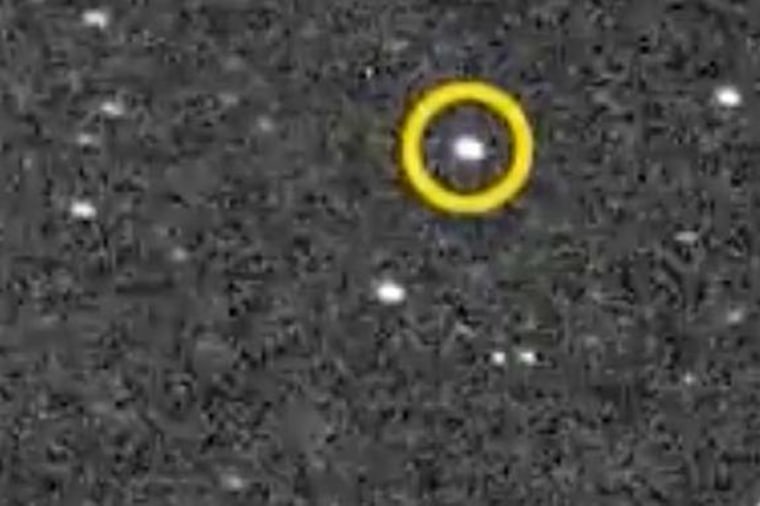For the first time, astronomers have seen dim flickers of visible light from near a black hole, researchers with an international science team said. In fact, the light could be visible to anyone with a moderate-size telescope.
These dramatically variable fluctuations of light are yielding insights onto the complex ways in which matter can swirl into black holes, scientists added. The researchers also released a video of the black hole's light seen by a telescope. In a statement, they added that such light from an active black hole could be spotted by an observer with a 20-cm telescope.
Anything falling into black holes cannot escape, not even light, earning black holes their name. However, as disks of gas and dust fall or accrete onto black holes — say, as black holes rip apart nearby stars — friction within these accretion disks can superheat them to 18 million degrees Fahrenheit (10 million degrees Celsius) or more, making them glow extraordinarily brightly. [The Strangest Black Holes in the Universe]

Scientists discovered accreting black holes in the Milky Way more than 40 years ago. Previous research suggested that the accretion disks of black holes can have dramatic effects on galaxies. For instance, streams of plasma known as relativistic jets that spew out from accreting black holes at near the speed of light can travel across an entire galaxy, potentially shaping its evolution. However, much remains unknown about how accretion works, since matter can behave in very complex ways as it spirals into black holes, said study lead author Mariko Kimura, an astronomer at Kyoto University in Japan, and her colleagues.
Related: Scientists Watch Black Hole Have Leisurely Meal
To learn more about the mysterious process of accretion, researchers in the new study analyzed V404 Cygni, a binary system composed of a black hole about nine times the mass of the sun and a companion star slightly less massive than the sun. Located about 7,800 light-years away from Earth in the constellation Cygnus, the swan, V404 Cygni possesses one of the black holes closest to Earth.
After 26 years during which the system was dormant, astronomers detected an outburst of X-rays from V404 Cygni in 2015 that lasted for about two weeks. This activity from the accretion disk of V404 Cygni's black hole briefly made it one of the brightest sources of X-rays seen in the universe.
Following this outburst, the researchers detected flickering visible light from V404 Cygni, whose fluctuations varied over timescales of 100 seconds to 150 minutes. Normally, astronomers monitor black holes by looking for X-rays or gamma-rays.
"We find that activity in the vicinity of a black hole can be observed in optical light at low luminosity for the first time," Kimura told Space.com. "These findings suggest that we can study physical phenomena that occur in the vicinity of the black hole using moderate optical telescopes without high-spec X-ray or gamma-ray telescopes."
Kimura and her colleagues detailed their findings in the Jan. 7 issue of the journal Nature.
This is a condensed version of a report from Space.com. Read the full report. Follow Charles Q. Choi on Twitter @cqchoi. Follow us @Spacedotcom, Facebook and Google+.
More from Space.com:
- Black Hole Quiz: How Well Do You Know Nature's Weirdest Creations?
- 8 Baffling Astronomy Mysteries
- Images: Black Holes of the Universe
- Black Holes Can Make Stars Actually Twinkle | Video
Copyright 2016 SPACE.com, a Purch company. All rights reserved. This material may not be published, broadcast, rewritten or redistributed.